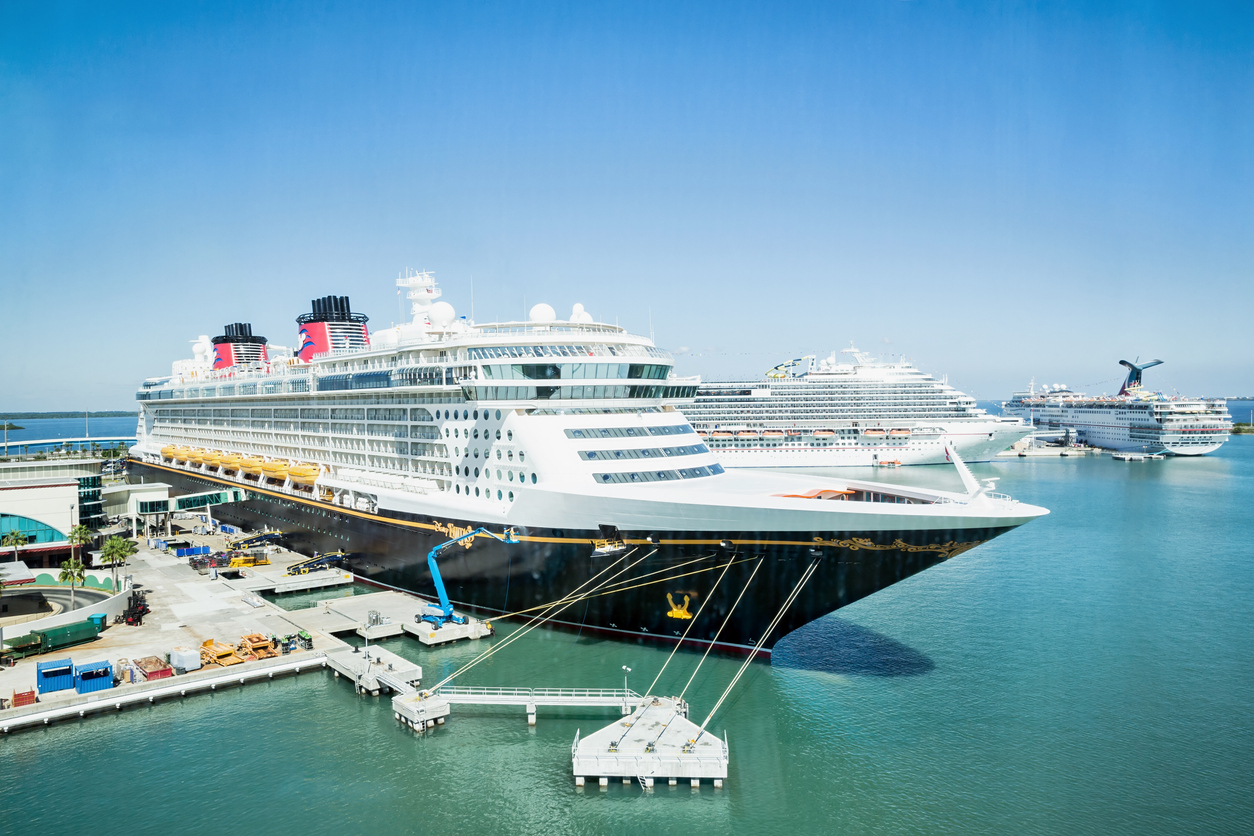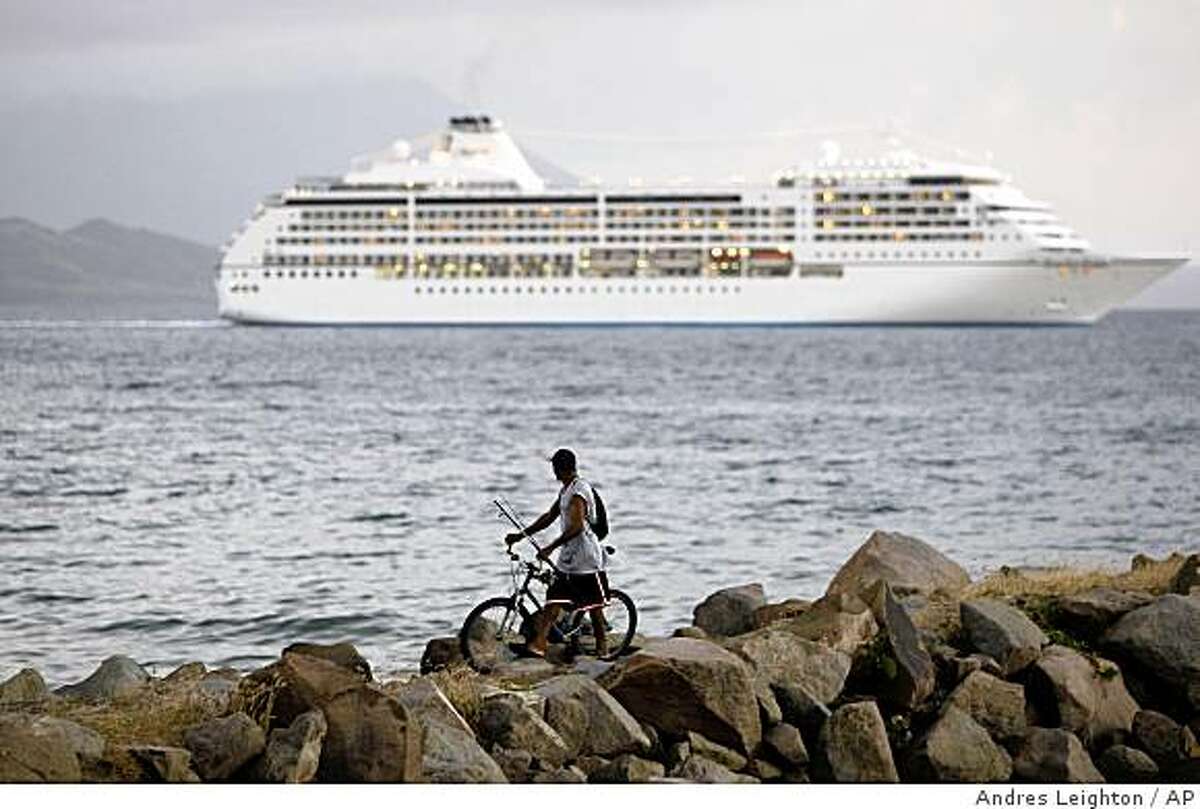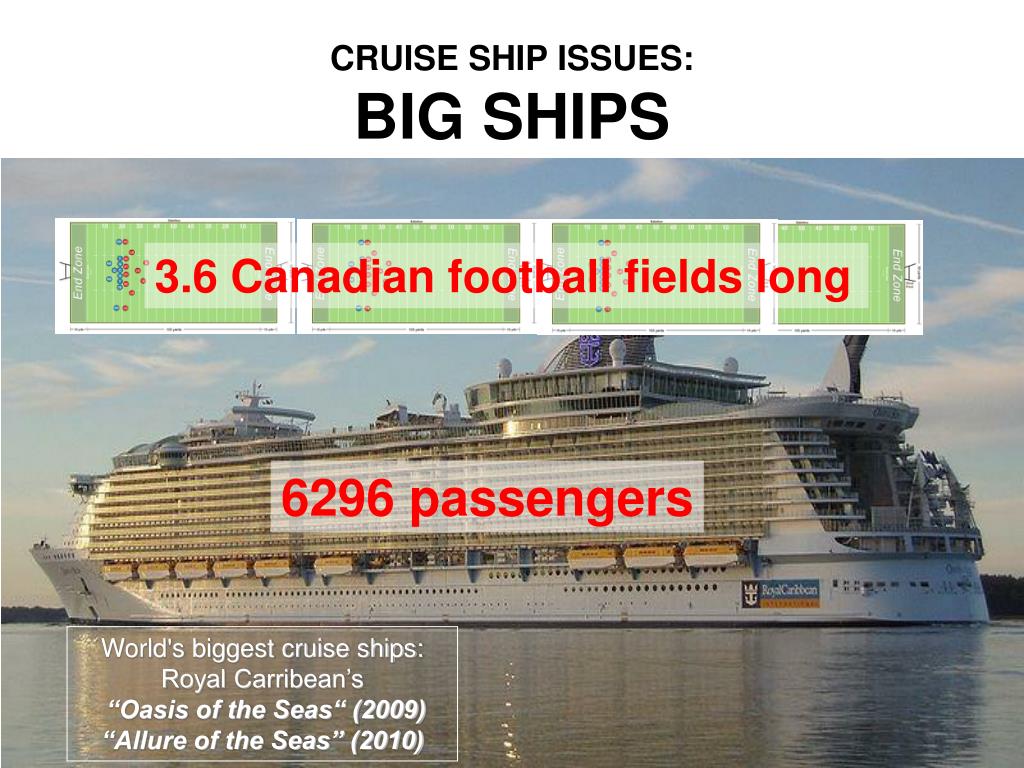Human Waste Disposal On Cruise Ships

Waste water is the second biggest part of onboard waste.
Human waste disposal on cruise ships. Violated environmental laws in the first year after it reached a 40 million settlement for improper waste disposal. Cruise ship discharges of solid waste are governed by two federal laws. However many companies will set their own regulations that their ships have to comply with.
In the waste-recycling plant a 50-cubic-foot glass crusher gnashes. The second group are cargo related waste third all other types of ship waste such as household refuse domestic waste water or batteries. Ships can dump treated sewage anywhere in the ocean except in Alaskan waters where companies must comply with higher state standards.
Waters no MPRSA permit is required for a cruise ship to discharge solid. These behemoth vessels are notorious for the mass dumping of waste throughout the oceans. 21000 gallons of human sewage one ton of solid waste garbage 170000 gallons of wastewater from showers sinks and laundry 6400 gallons of oily bilge water from the massive engines 25 pounds of batteries fluorescent lights medical wastes and expired chemicals and 8500.
Reportedly they dump around thirty-thousand gallons of human waste into the ocean every day. This water is pumped into the sea. Heres a graphic about onboard waste disposal from Cruise Lines International Association CLIA says that many of its members have initiated recycling programs employee training improved electricity efficiency and.
A general belief is that these enormous boats simply dump raw sewage and other pollutants straight into the oceans. Cruise ship waste streams Cruise ships generate a number of waste streams that can result in discharges to the marine environment including sewage graywater hazardous wastes oily bilge water ballast water and solid waste. In fact cruise lines are highly-regulated and work with environmental government agencies to ensure their waste practices are approved.
An image supposedly showing a cruise ship dumping human waste into the ocean near a coastal city is frequently shared on social media. During a typical one-week voyage a large cruise ship with 3000 passengers and crew is estimated to generate 210000 US gallons 790000 L of sewage. About 115 of the ships used the waste-disposal facilities.














